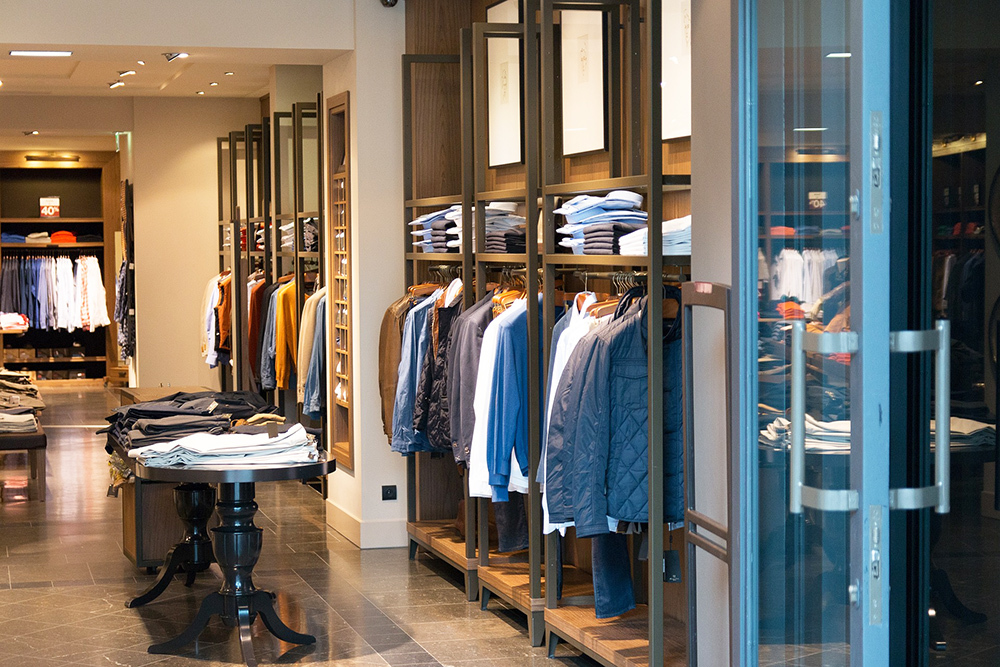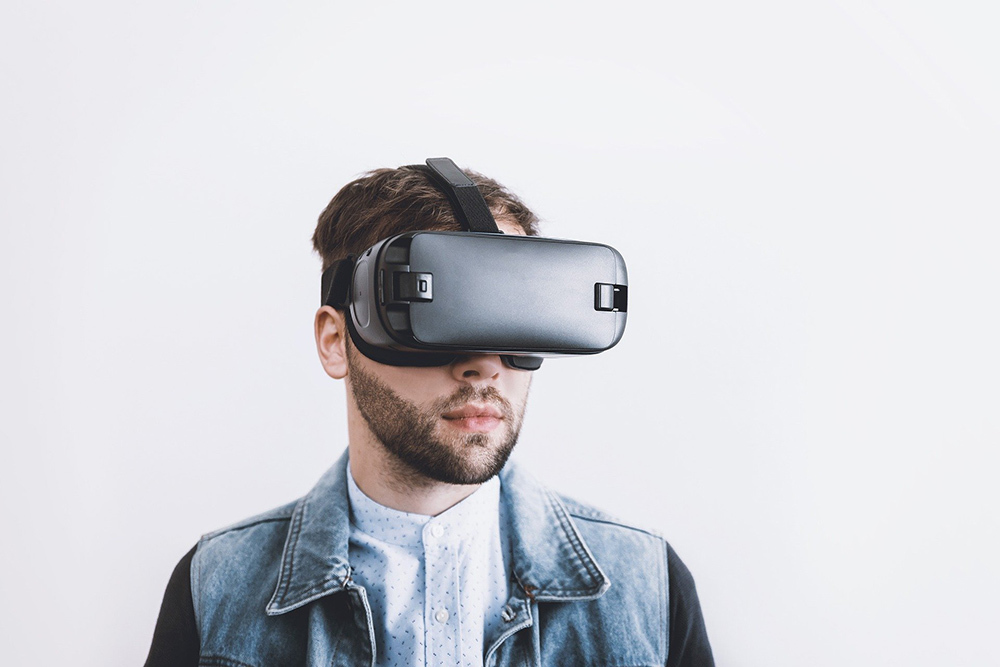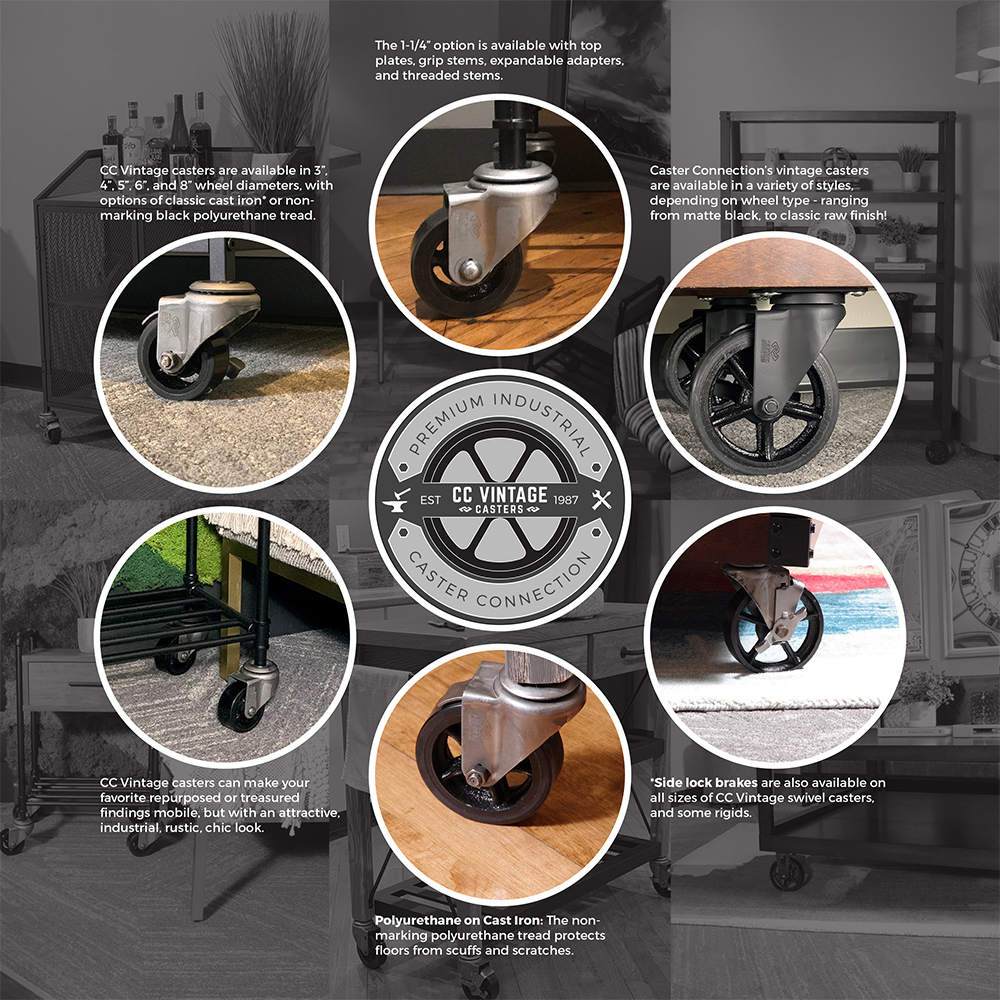How Offline Retail Businesses Are Succeeding In 2023
In the business world, retail shopping, and the more traditional buying experience, is morphing on every level.

It is possible that your great grandparents used a horse and buggy as their primary means of transportation.
More has changed with the world in the last century than in any other time in history. We have to be more fluid and adaptable to keep or gain a competitive advantage in life or in business.
In the business world, retail shopping, and the more traditional buying experience, is morphing on every level.
Even before the start of the Covid-19 pandemic, many traditional brick-and-mortar businesses were experiencing slow growth or severe decline in, what some had termed, the “retail apocalypse.” Unfortunately, the pandemic only
Among the stores that have gone bankrupt or that are closing dozens of stores are Sears, Abercrombie and Fitch, Footlocker, CVS, Gap, J.C. Penney, Toys R Us, Victoria’s Secret, Walgreens, Kmart, Pier 1, Bed Bath & Beyond, and many more.
So, what are some reasons this is happening, and what are ways businesses are currently thriving and will likely continue to thrive through 2023?
2 MAIN REASONS RETAIL BUSINESSES ARE FAILING

There are many reasons why these stores are seeing slow growth, but most reasons are in one form or another because modern buying expectations have changed dramatically from what they once were.
These expectations have changed for two main reasons: the rise of both millennials and Generation Z in purchasing power and the effect of ecommerce/technology on buying habits.
Brands who are recognizing and meeting these challenges are succeeding. Brands who refuse to change from their long-standing traditions are already having difficulties.
So, assuming you have a quality product and solid basic operations, how can you adapt to the current expectations of your clients so that you can thrive offline?
3 WAYS TO SUCCEED OFFLINE
PERSONALIZATION AND USING DIGITAL

Although brick-and-mortar stores can be wildly successful at times, the company as a whole usually still has to crush ecommerce. One doesn’t replace the other, as successful brands are increasingly omnichannel. So, ecommerce should be an integral piece of your business strategy, even if you’re winning offline.
One advantage ecommerce and online marketing have over the in-store experience is that the purchasing and marketing experience can be personalized as much as possible.
Caching, retargeting, customer accounts, and sophisticated marketing software make personalizing very simple.
Each time a customer makes a purchase, searches on Google, watches a video, visits a website, or does any other action online, some platform is probably saving this data.
All of this data allows businesses to sell to a particular consumer on their platform in their voice.
Outside of smaller brick-and-mortar businesses where they know customers by name, online is a much more personalized, yet maybe not intimate, experience.
The main advantage of this personalized digital experience is that it scales. When thousands of clients enter your brick-and-mortar store each day, it becomes almost impossible to remember every face.
The modern solution is to use digital marketing with your showroom to personalize your customers’ experience.
This entails running campaigns that bring customers to your brick-and-mortar store while marketing to them digitally.
Digital marketing allows you to customize the shopping experience while promoting your in-store experience. Now, more than ever, customers are “moving seamlessly between online and offline experiences.”
You can use the data that you collect from digital marketing to make your salesroom as relevant as possible. Let the data guide your actions.
Plainly put, “Forward-thinking retailers should be looking at how they are interweaving digital tools like mobile, context, and video with sales, marketing, and customer service.
When these things are used well, the technology becomes invisible. Customers simply see retailers as being very good at giving them exactly what they want.”

There are many practical ways of integrating digital with brick-and-mortar stores, for example, proximity beacons.
A concrete example would be a customer who has seen your digital ad. This person can interact with the proximity beacon to find this product within your store. In this way, the customer’s experience is more personal because you integrated both digital and brick-and-mortar channels.
EXPERIENTIAL MARKETING AND DESIGN
Personalization is so important because it allows customers to experience something in line with their personal desires. Customers today put a premium on experience and uniqueness and are more likely to shop in stores with a transformative experience.

For example, AR and VR are projected to have a substantial presence with retailers in 2023. In addition to this projection, consumers are already interested in these technologies.
27% – 36% of consumers would visit a store with a variety of augmented and virtual reality experiences.
Consumers are also interested in virtual reality that will allow them to envision themselves in different products, such as eyewear and cosmetics.
What this means is that customers are no longer content to simply walk into a store that has product. Product can be found everywhere by every vendor.
Brands that want to win need to make the experience of their customers more unique and memorable than that of their competitors.
Another indication that people put a premium on experience is the rise, but not inception, of experiential marketing.
Experiential marketing can connect both digital and locational selling/marketing, but it doesn’t have to use digital. It is currently one of the hottest trends in marketing.
It connects a customer deeply to the brand because they have integrated something special and extraordinary into their psyche and emotions.
A customer actively engages with a company, rather than passively listening or watching some marketing/selling message. See a good list of types of experiential marketing here.

One of the best examples of how a company can use experience to sell their products is Disney.
Whether you’re on a Disney cruise or in one of their parks, there is a seamless integration of their creative material and a customer’s desire to buy something from this brand.
As an example, Disney may run a small live Star Wars production within their parks involving fans. Kids, and adults, then flock to buy anything from fake lightsabers to lightsaber churros.
When you can increase the amount of engagement a customer has with your brand and differentiate yourself through the uniqueness of your brand’s customer experience, you’ll have much more success than if you were to rely strictly on marking and sales techniques that focus less on experience.
Experiential marketing, or simply a focus on the experience that customers have, is critical for the success of a business.
For example, experience, good or bad, is the primary mover of word-of-mouth success or failure (50%-80%).
Businesses in 2023 have the choice of providing their customers with an experience that is negative, forgettable, or positive. Revenue normally follows suit.
CONSISTENT, UNIQUE, AND NOVEL DESIGN
Many businesses devote a lot of time to perfecting the design and functionality of their website.
There are many reasons for this. The most basic reason is because it’s much easier to change the design of a website with a push of a button from the comfort of your chair.
Changing the design of your store, on the other hand, entails many more logistical concerns. Because of this, most major companies make sure to optimize their digital presence online.
Having a sleek online presence can actually have a negative effect on customers when they come to your brick-and-mortar store. If you have a stunning website with personalization, ease, comfort, deals, features, and UX that meets or exceeds customer expectations, you can expect successful online sales normally.
But, if you also have a brick-and-mortar location with a design that is stale and completely different from your online presence, your customers will be much less likely to want to be in your store.
There is a cognitive disconnect here. Businesses have to maintain a consistent design and experience for their clients.
Your website is in a sense in competition with your brick-and-mortar location, and modern businesses have to exceed their customers’ expectations on all levels and locations.
Retailers and brick-and-mortar businesses have to “convert their showrooms into ‘digital sales floors’” while maintaining consistency from digital to brick-and-mortar.

Photo by Russell Abraham. Courtesy Outdoor Voices.
Just as changing the design of your website can have a dramatic effect on sales, so can changing the physical design of your store, according to an academic study.
In this study (actually two separate but related studies), we learn that updating the general design and quality of your brick-and-mortar store increases sales dramatically for both existing and new customers.
Over these two studies, we learn that changing the design of a store had a positive psychological effect on both new and existing customers.
Both groups combined reported 16% total increase short-term and long-term combined and around a 44% increase for new customers short-term and long-term.
There was an 8.5% increase for existing customers short-term and long-term.
The proportion of new customers to existing customers also increased from 13% to 17%. There were more store visits from new customers by 16%, and the amount spent went up for both new and existing customers by 10.5% (14% and 7% respectively).
So, as the study points out, store remodeling seems particularly effective with new customer acquisition. This is historically a much more expensive activity than marketing and reengaging existing customers.
So, changing the design and look of your business has double the bang for the buck.
As the study shows, the more widespread the design changes, and the larger the store, the longer the positive business effect of changing the design lasts.
This is probably because customers are able to experience the novelty over a longer period of time in different locations of the store.
SMALL BUT CONSISTENT DESIGN UPGRADES

Upgrading “small” details, like casters and shelving allows you to improve your design regularly over an extended period of time.
Redesigns can be somewhat disruptive, however, so a savvy tactic might be to upgrade small aspects of your store, such as your fixtures’ casters or your store’s shelving. This allows you to update and rejuvenate the look of your store, without having to completely overhaul your entire showroom.
This could be a regular activity, with the result that your showroom is consistently adding an updated aesthetic element while also gradually changing the overall design and feel of the store.
Slow times of year can be times of larger overhauls. This strategy can also implement any of the other changes you will make, given all of the above recommendations used together.
Really, this is the idea behind the long-standing and successful practice of adjusting design to seasonal and local trends in order to remain relevant to the current rhythms of your customers.
When you make strategic design changes over a sustained period of time, you’ll constantly have a fresh and novel feel.

As we begin 2023, brick-and-mortar business is inescapably seen in light of digital. With such a dynamic and changing landscape, nothing is certain.
However, knowledge from the most successful businesses and academic research can help your brick-and-mortar business thrive, when others are failing.
In other words, you’ll be driving an Aston Martin, while they’re still using the horse and buggy.
SUMMARY AND ACTION ITEMS
- You still need to crush digital marketing and ecommerce.
- Integrate online and offline marketing and sales.
- Personalize the customer’s experience using both of these avenues and use the data from both of these acquisition points in order to increase sales and customer pleasure.
- Integrate technology and design to meet customer expectations and provide a transformative brand experience each time a customer interacts with your brand online or offline.
- Use experiential marketing to bolster relationships with your customers.
- Maintain consistency in design and aesthetics from website to showroom. Inconsistency creates a negative experience and disconnect for the customer.
- Remodeling and design changes greatly increase sales with both existing and new customers.
- Changing your design and aesthetics is particularly effective with new customers.
- Change design on whatever scale is most feasible for your business, possibly using many small upgrades over a consistent schedule.